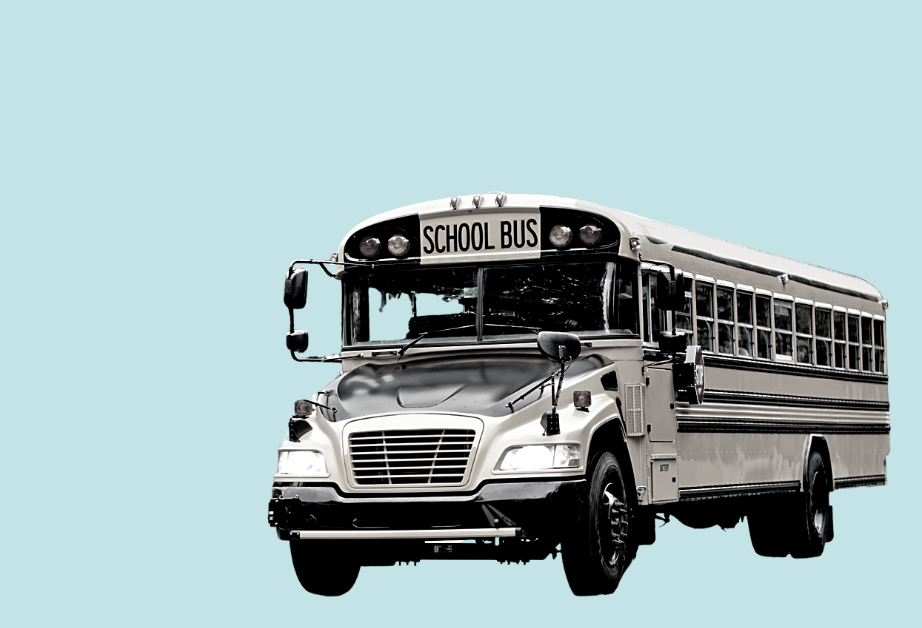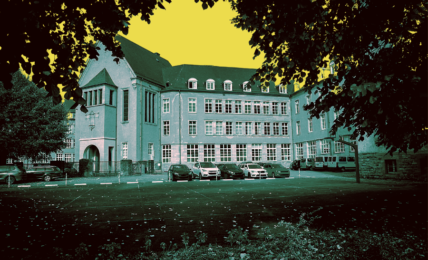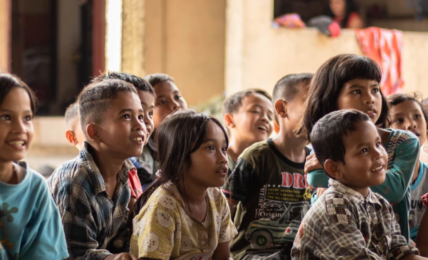Paper finds areas in US lack access to informal STEM learning, Indigenous communities most likey to be impacted
A portion of the Great Plains encompassing 48 counties was found to have no ILIs at all, leaving more than 327,000 people with limited access to informal STEM learning.








